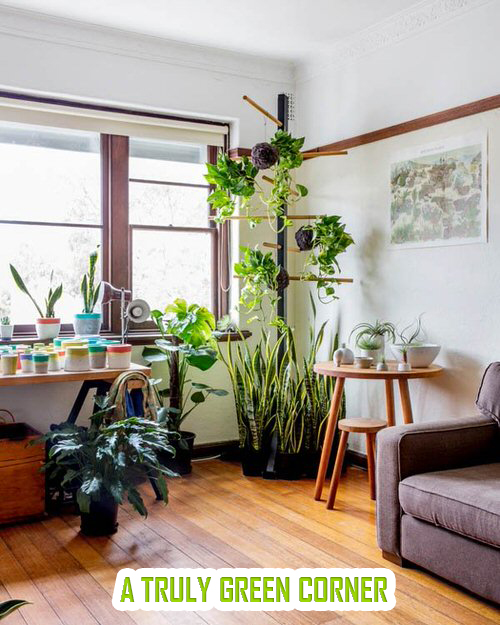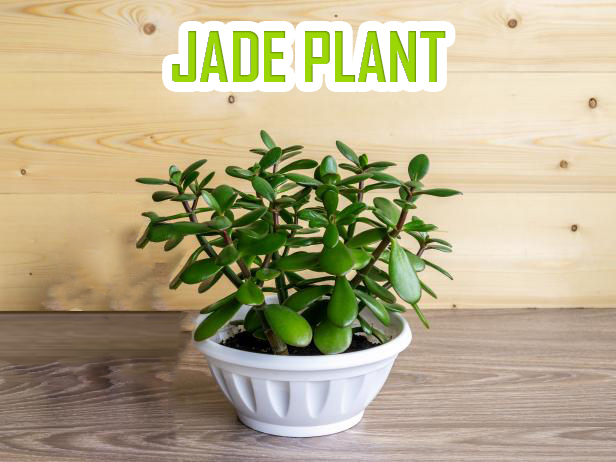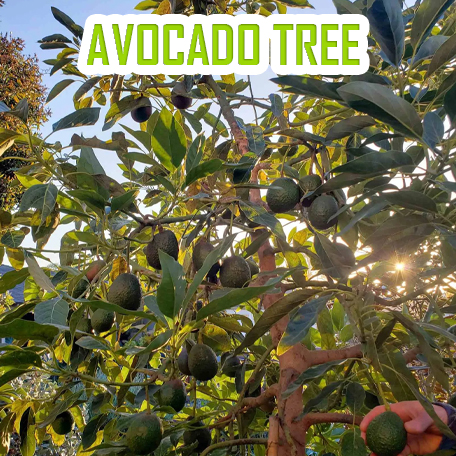How would you describe the living room? Is it cozy or cold? Does it look inviting or boring? To decorate your living room with plants, choose the corner plant.
The corner plant is an indoor houseplant that grows well on a window sill or table. They come in various shapes and sizes, depending on their species. Some are even decorative and colorful.
Corner plants add color and life to the home. From floor to ceiling, they bring a sense of calmness and happiness. Whether in a large apartment or a tiny studio, these 18 plants will brighten your space. Dig into know the 18 best corner plants.
Table of Contents
Here are the 18 best corner plants to enhance the beauty of your living room
1. A Truly Green Corner

The future of the environment is in our hands. We can’t wait to get started.
Greening your home and business will help you live healthier, save money on utilities, and reduce your carbon footprint. It’s time for a change. And this plant is perfect for your living room. It’s tiny yet beautiful.
2. The Perfect Plant for Small Spaces

If you have limited space but still want something green in your living room, the succulent may be what you want. This plant has an amazing ability to thrive in small spaces. You need to give it enough light.
3. A Bright Little Flower

The little yellow flower is a great addition to any living room. It brings a splash of brightness and cheerfulness to your space.
5. Umbrella Plant

The umbrella plant is a fast-growing, low-maintenance houseplant that grows best under bright, indirect sunlight. This easy-to-grow plant requires little care once established outside except for occasional fertilization and water during dry periods.
Indoors, it can tolerate temperatures down to about 50 degrees F but prefers 70 degrees F or warmer. Keep temperatures above 60 degrees F in cooler climates and avoid cold drafts. This is perfect for your living room.
6. Monstera

The botanical name for this plant is Monstera deliciosa. This tropical vine grows well in bright, indirect sunlight and prefers well-drained soil. It thrives outdoors in warm climates throughout the world. However, in colder regions, it must be protected during winter months.
7. Succulents

Succulents are one of the most popular types of houseplants. These plants require very little maintenance, making them ideal for beginners. They also make excellent gifts because they don’t require much attention.
8. Peace Lily

This plant is known as the “Lily Pad.” It’s a slow-growing perennial that grows best in full sun and moist, well-drained soil rich in organic matter. It tolerates temperatures from 45 to 75 degrees F. Water regularly during hot weather.
9. Aloe Vera

Aloe vera is a hardy, drought-resistant desert plant that produces fleshy leaves and spiky white flowers. It needs direct sunlight and well-draining soil. It should be planted at least 12 inches deep.
10. Snake Plant

Snake plants are easy to grow and maintain. They prefer bright light and average temperatures between 65 and 80 degrees F. They do not like high humidity or standing water.
11. Spider Plant

Spider plants are easy to grow, requiring only moderate light and moisture. They can survive in temperatures ranging from 40 to 85 degrees F. They enjoy the partial shade and will benefit from frequent misting.
12. English Ivy

English ivy is a climbing plant that grows quickly and easily indoors. It likes bright light and average indoor temperatures. The plant does not like excessive heat or cold.
13. Boston Fern

Boston ferns are tough, long-lived plants that grow well in cool, shady areas. However, they require good drainage and average temperatures.
14. Dracaena

Dracaenas are large, evergreen vines that grow well indoors. They thrive in bright, indirect sunlight. They need moderately fertile soil and average indoor temperatures.
15. Jade Plant

Jade plants are an attractive addition to any living room. They like bright light and average indoor temperature. They do not like extreme heat or cold.
16. Meyer Lemon Tree

A Meyer lemon tree is easy to grow indoors. You plant seeds about six weeks before the average frost date and keep the temperature above 50 degrees Fahrenheit.
You can still grow Meyer lemons inside if you don’t live in Florida. However, they require full sun and a potting mix rich in peat moss.
The citrus fruit itself tastes like sweet lime juice. Its flavor improves over time, so you might start with a few fruits and see how they develop. You’ll enjoy delicious citrus daily if you’re diligent about keeping the plants watered and fertilized.
17. Ponytail Palm

The Ponytail palm tree is one of the most popular houseplants in the world. These palms are extremely easy to grow, thrive indoors, and come in many colors.
However, they require light, sandy soil, and water about once per week during the growing season. In addition to being beautiful, ponytail palms are also used for medicinal purposes.
Growing Tips
Ponytails require little maintenance once established, which is one of their best features. Just keep the soil moist and fertilize every couple of months.
Ponytails are drought tolerant, so don’t worry too much about watering during dry spells. However, you might want to add some mulch around the tree’s base to help retain moisture.
18. Avocado Tree

The avocado is one of those fruits that you either love or hate. I fall into the latter camp because it doesn’t taste very good. But I’ve always wanted to learn how to grow my avocados.
After searching online, I found out that there are several different varieties of trees that you could buy and plant yourself. This is perfect for enhancing the beauty of your living room.
How can plants improve your living room décor?
Plants can improve your living room décor in several ways. Such as:
1) Plants are a great way to add color and life to any space. They also make the air feel fresher, which is good for you.
2) Plants bring nature inside, a great way to connect with the outdoors.
3) Plants will help reduce allergies by filtering out dust mites and pollen.
4) Plants can be used to create a calming atmosphere.
5) Plants can be used as a focal point in a room.
6) Plants can improve our mood.
7) Plants improve mental health.
8) Purify the air in your home.
9) Boost your productivity.
How do you choose the right plants for your living room?
The first thing you need to do is measure the space where you want to put your plants. Once you have those numbers, you can look for plants that fit the area’s height and width.
Lighting: Another essential factor to consider is lighting. Some plants need full sun, while others prefer partial shade. Be sure to check the light requirements for each plant before making your final decision.
Watering: Watering needs vary from plant to plant, so it’s important to research how often each one needs to be watered. Overwatering can be as harmful as underwatering, so stick to the recommended watering schedule. Check Garden Watering Systems
Temperature: The last thing you need to consider is temperature. Some plants prefer warm temperatures, while others do better in cooler environments. Again, check the temperature requirements for each plant before making your final decision.
What are some of the best ways to display plants in your living room?
Some of the best plants to display in your living room are easy to care for and don’t require a lot of sunlight. Some good options include succulents, cacti, snake plants, and peace lilies.
Plant placement
When placing your plants, it’s important to consider aesthetics and functionality. For example, you might want to place a taller plant near a window for added height or put a trailing plant on top of a bookshelf for some extra greenery.
Decorating tips
There are endless ways to incorporate plants into your living room decor. Get creative with planters,
- Use an old teapot as a quirky holder for a small succulent, or group together several different
- sized pots to create an eye
- catching display. You can also use plants as part of your overall color scheme by choosing ones with leaves in complementary hues.
Frequently Asked Questions [FAQs]
1. What Is Boho Style?
The term “boho” is used nowadays to refer to unconventional and artistic items; however, understanding the roots of bohemian design will help you pull off the look authentically at home.
2. What Is The Word Bohémien?
This is shorthand for the French word bohémien, which refers to Bohemia, a region in the Czech Republic today.
3. When It Comes Adding A Pop Of Color, What’s The Best Way To Do It?
Creating a boho-style space is about abandoning rules when mixing patterns and colors. There is a foolproof formula for mixing and matching throw pillows, but nothing goes as planned when creating a boho-style space.
54. Corners Of Your House Can Be Planted With What?
Bushes and shrubs are the most popular foundation plants for the front of the house. Besides being easy to maintain, they make the best corner bases and anchor your landscaping.
Conclusion
Plenty of plants will work well in this environment if you want to add a little nature to your living room. Just remember to keep them healthy and happy. I hope this article has given you enough options to choose the best corner plant. So don’t wait any longer; buy a corner plant and enjoy a new look in your living room.

